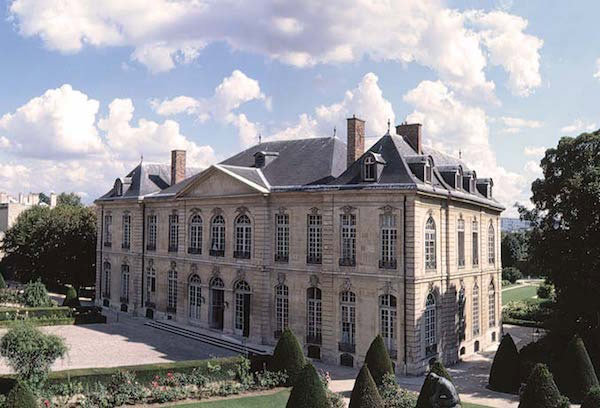After over $17 million in renovation and restoration, the lovely Rodin Museum in Paris reopened its doors on November 12, the master sculptor’s 175th birthday.
Known best for such seminal sculptures as “The Thinker” and “The Kiss,” Auguste Rodin is often credited with having launched sculpture into the modern era during the late 19th and early 20th centuries. Today, many of the master’s works are housed in an exceptional 18th-century Parisian mansion, one that Rodin used as his studio until his death in 1917. Along with his entire estate, Rodin bequeathed the mansion to the French state, which in 1919 converted it into a museum.
Unfortunately, the structure was in a state of extreme disrepair even when Rodin walked the grand staircase himself, and that remained the case until 2012, when the museum shut its doors for renovation. After three years and $17.4 million, the museum opened again to the public on November 12, on what would have been the sculptor’s 175th birthday. In celebration of the reopening, the museum has also put on display several recently restored and previously unseen sculptures by Rodin. Selections from Rodin’s personal collection of Greek and Roman sculpture will be on view as well.
To learn more, visit ArtNet.
This article was featured in Fine Art Today, a weekly e-newsletter from Fine Art Connoisseur magazine. To start receiving Fine Art Today for free, click here.
Rodin Reopened







